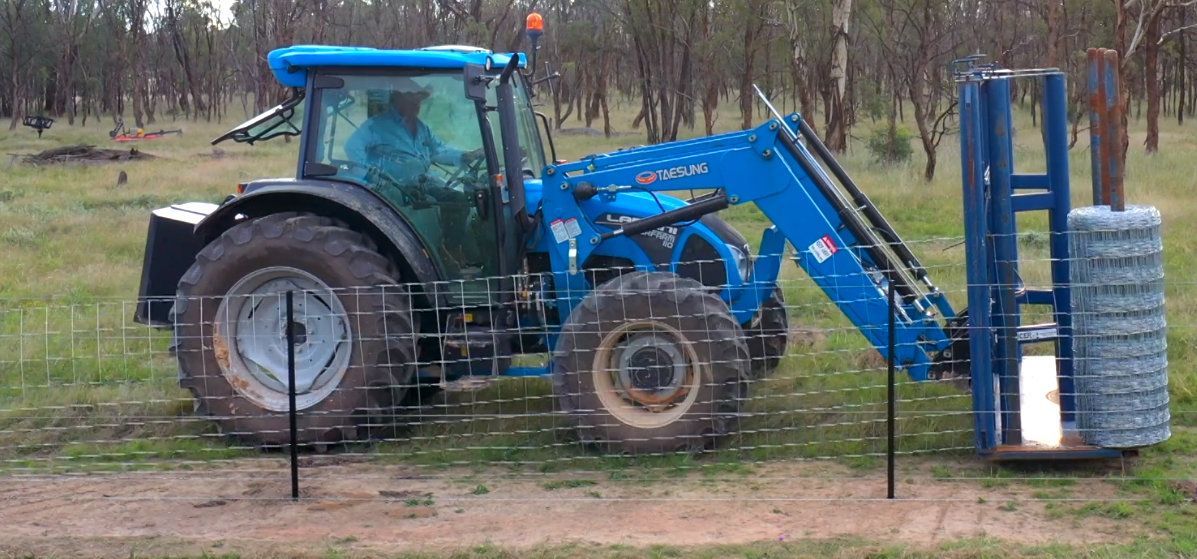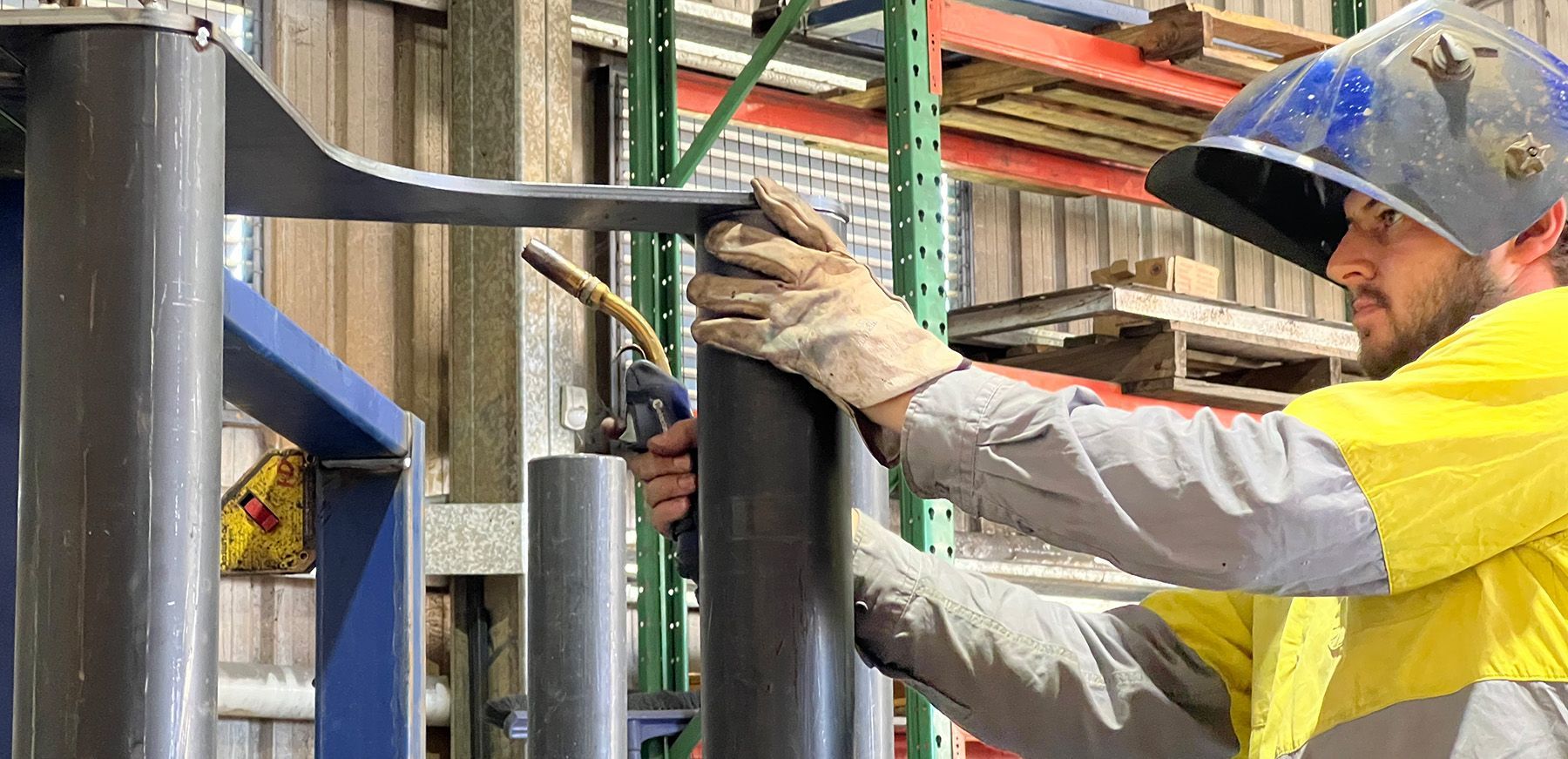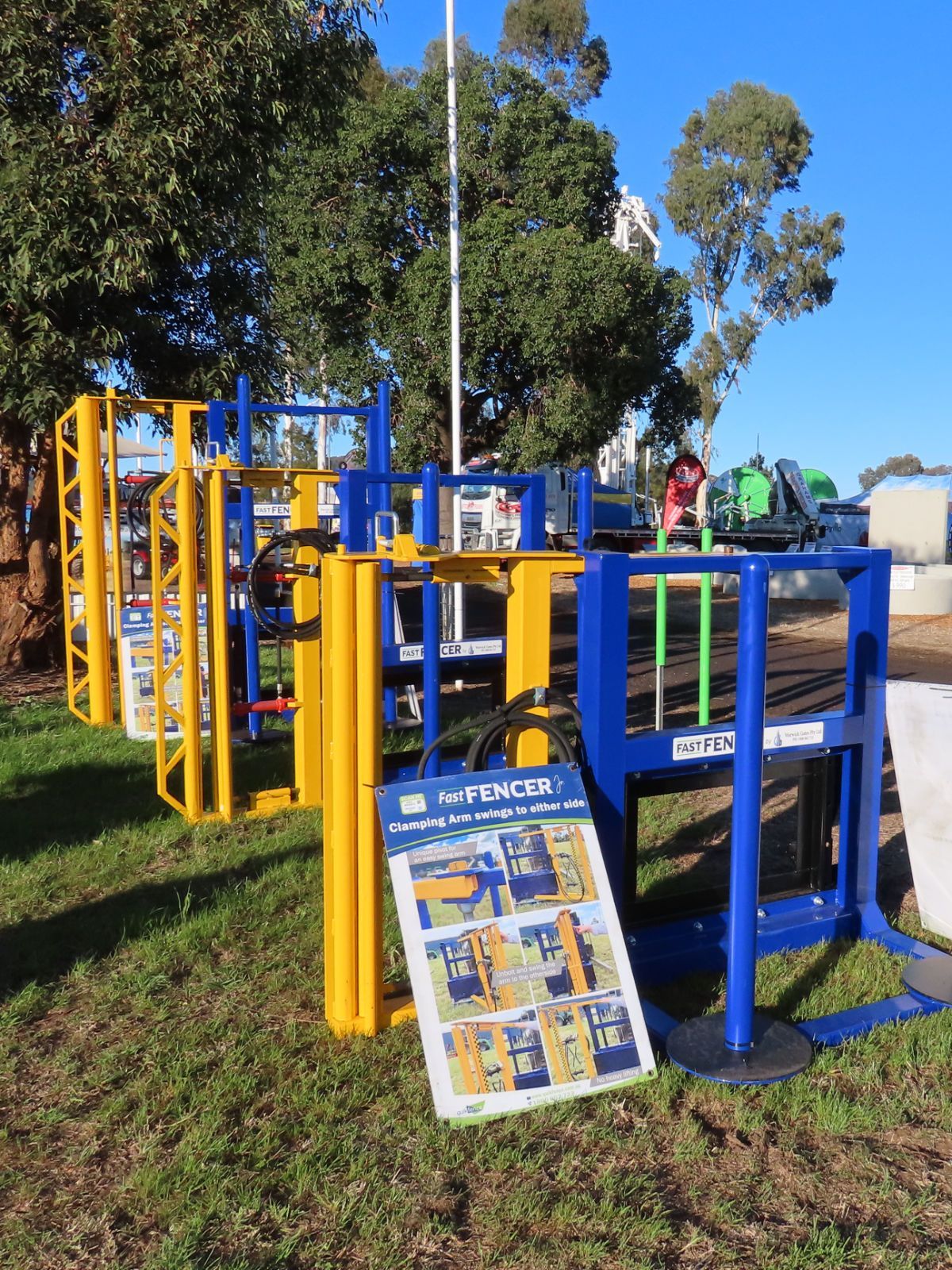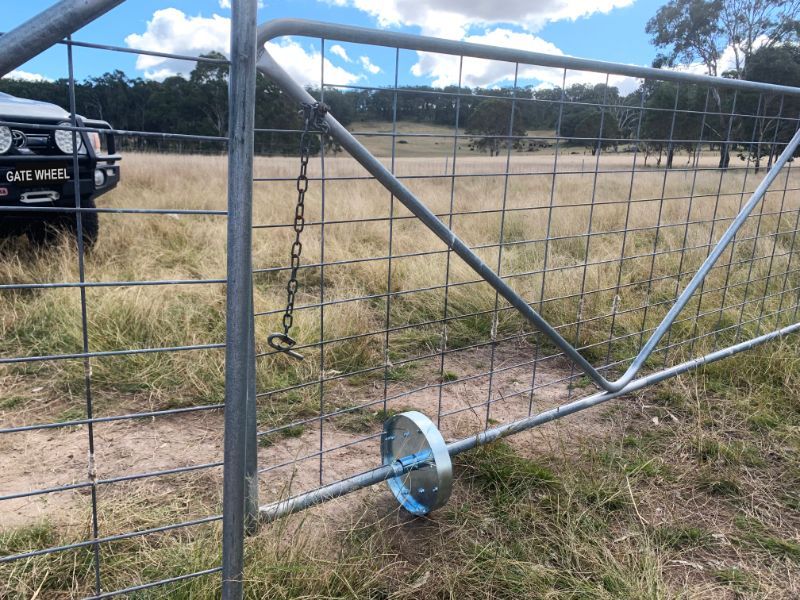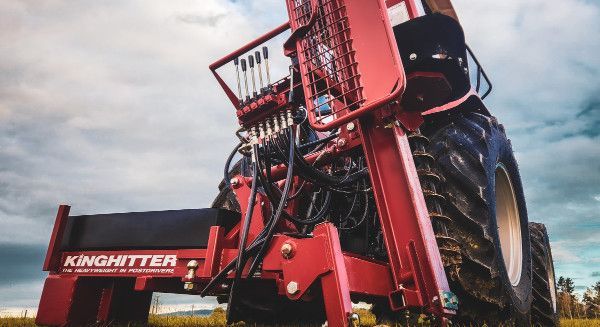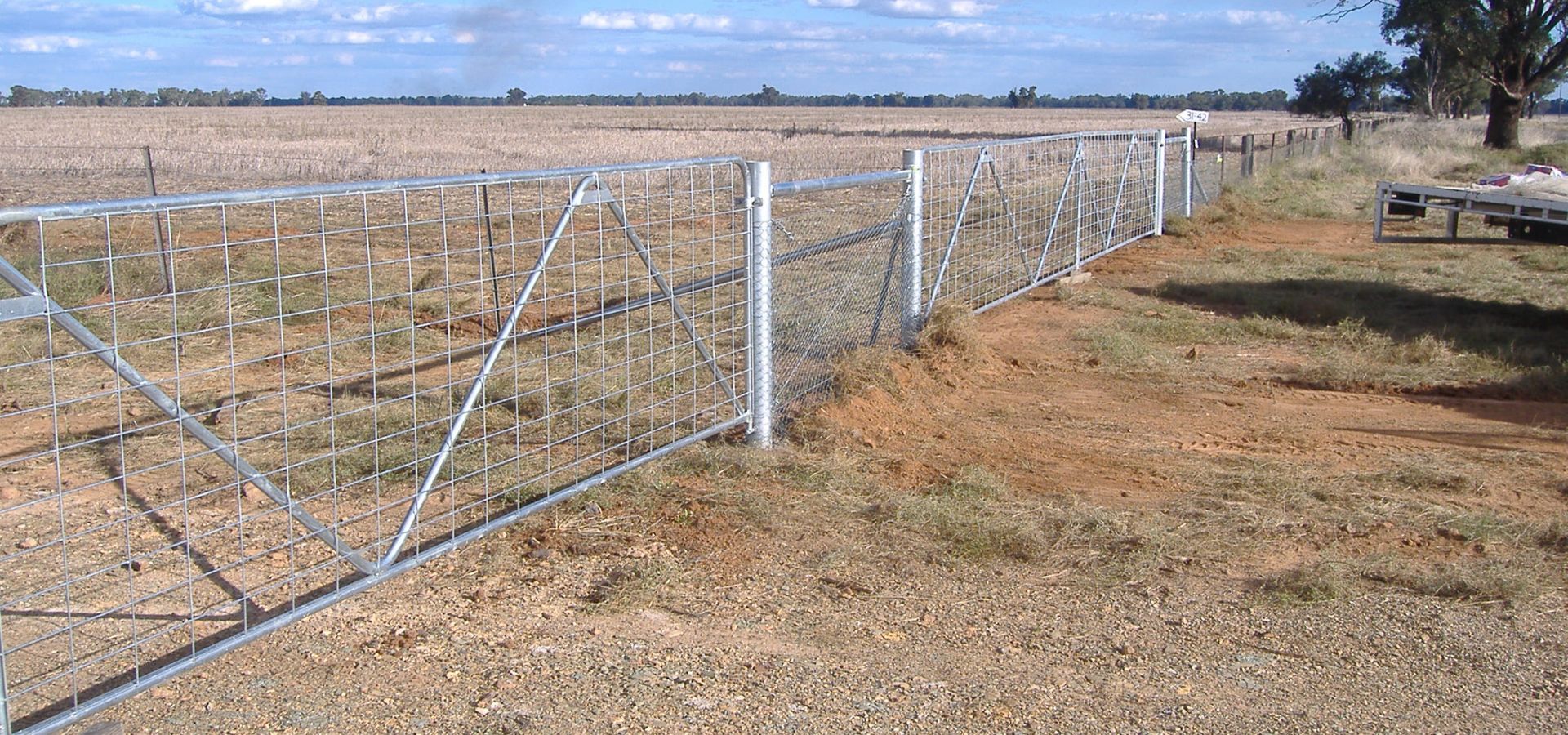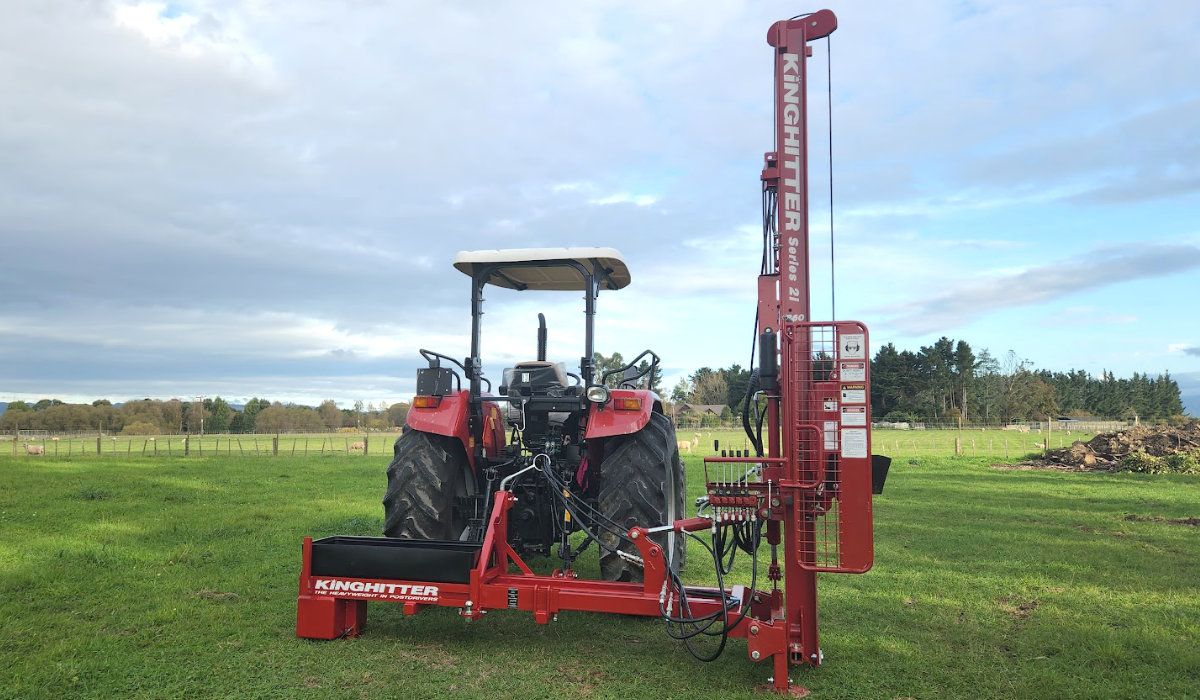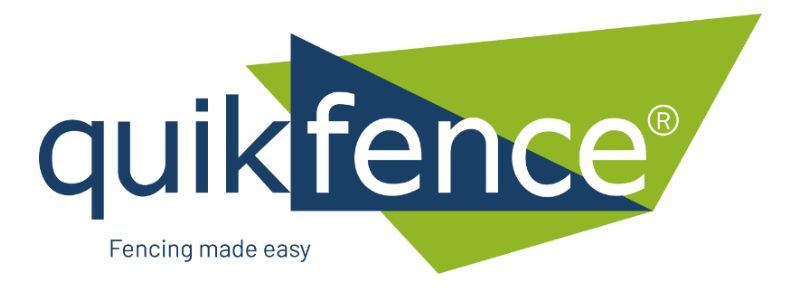What Are the Key Differences Between Regular and Heavy Duty Gate Wheels?
This is a subtitle for your new post
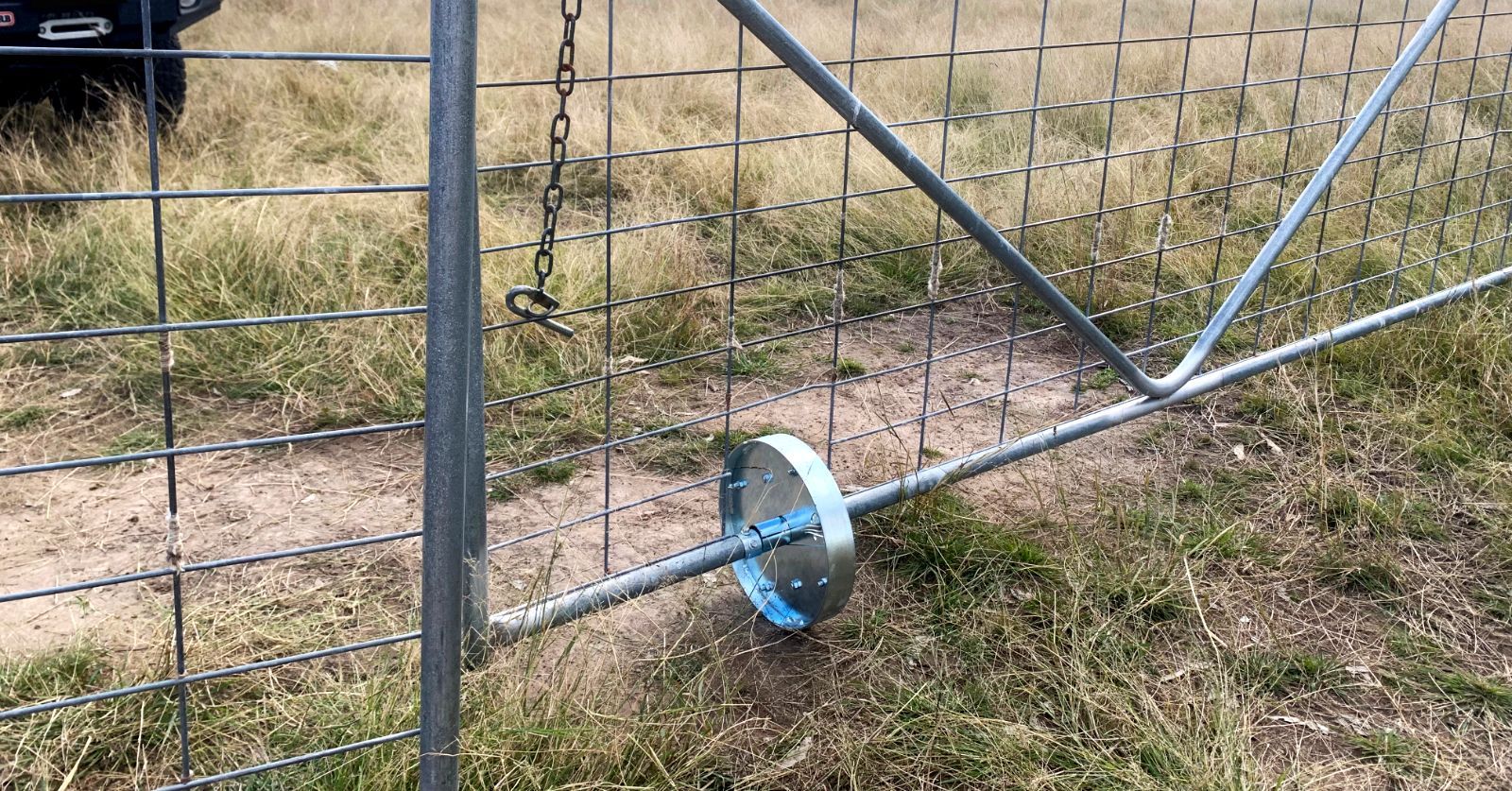
The body content of your post goes here. To edit this text, click on it and delete this default text and start typing your own or paste your own from a Gate wheels are an innovative element for the smooth movement of entryways. These entryways could lead to anywhere from a farm, paddock, or home. Deciding on getting a gate wheel is not enough, having the right gate wheel can make a whole lot of difference in productivity and the overall mood of the people who use the gate. But what’s the difference between regular and heavy-duty gate wheels, and which one is right for you? Let’s break it down.
Regular Gate Wheel
For everyday general use, regular gate wheels are used. They are typically seen in residential or light-duty applications, like when the gates are made of lightweight material. A regular gate wheel is suitable when you know the gate and its supporting structures won’t face much strain.
Features of Regular Gate Wheels:
- Material: Often made from basic rubber or plastic with lighter metal components.
- Load Capacity: Suitable for smaller gates that don’t need to support heavy loads.
- Ease of Use: Easy to install and maintain, making them a great choice for simple setups.
- Cost-Effective: Budget-friendly and widely available, they’re perfect for projects where heavy-duty performance isn’t required.
When to use Regular Gate Wheels
Regular gate wheels are best suited for gates used in low-traffic areas or where weight isn’t a major concern. For instance, a small garden gate or a lightweight fence around a residential property would benefit from these wheels.
However, it’s important to remember that regular gate wheels aren’t built for heavy use or rough terrain. If you’re working with a larger, heavier gate or one exposed to harsh conditions, these might not be the best option.
Heavy Duty Gate Wheels
Heavy-duty gate wheels, as the name suggests, are built to handle larger, heavier gates often used as farm gate wheels or in industrial areas, or properties with high-security fencing. These wheels are specifically designed to provide long-lasting performance even under the most demanding conditions.
Features of Heavy Duty Gate Wheels:
- Material: Typically constructed from robust materials like heavy-duty steel to withstand wear and tear.
- Load Capacity: Can support the weight of heavy steel gates or gates made for large enclosures.
- Durability: Designed for challenging environments, these wheels resist corrosion, rust, and damage from harsh weather.
- Smooth Operation: Equipped with advanced bearings and sturdy construction to ensure seamless movement, even on uneven ground.
When to Use Heavy Duty Gate Wheels:
Heavy-duty gate wheels work great as farm gate wheel, with large industrial gates, or heavy steel gates used in fencing around cattle yards or business properties. These wheels are built for times when you need them to be reliable and long-lasting making them a saviour for anyone using heavy-duty gates.
How to Choose the Right Gate Wheel
Choosing between a regular gate wheel and a heavy-duty gate wheel depends on the specific needs of your gate and the environment where it’s used.
- Consider the Weight of the Gate: A lightweight gate doesn't require the power of a heavy-duty wheel. But if you've built your gate from steel or it's much bigger, you should pick the heavy-duty choice.
- Think About the Terrain: On flat, level ground regular gate wheels might do the job. However, if your gate sits on a gravel walkway, or uneven farm terrain, or often gets muddy then heavy-duty wheels will work better.
- Frequency of Use: If your gates are more frequently used throughout the day then it calls for a durable wheel which can handle constant wear and tear.
- Budget: Regular gate wheels are more cost-effective upfront, but heavy-duty wheels offer better longevity, saving you money in the long run if you need a solution for heavy gates.
Why Quality Matters
When selecting gate wheels, quality is key. Poor-quality wheels, whether regular or heavy-duty, can lead to frustrating issues such as squeaking, jamming, or even failure under load. Investing in high-quality wheels from a trusted supplier ensures you get a product that lasts and performs reliably.
Find them at QuikFence
Whatever your need is, understanding the difference between regular and heavy duty gate wheels is vital. Regular gate wheels are great to be installed on a lightweight garden gate or other small-scale applications. And heavy duty gate wheels such as one from QuikFence are great for larger and heavier gates. We offer innovative gate wheels tailored to meet the needs of Australian farmers, fencing contractors, and property owners.
Visit
QuikFence
to find equipment and tools that stand the test of time. They have perfect wheels for residential and farm applications. No matter your needs, we have you covered.
Choose wisely and enjoy the convenience of a smoothly operating gate for years to come!

